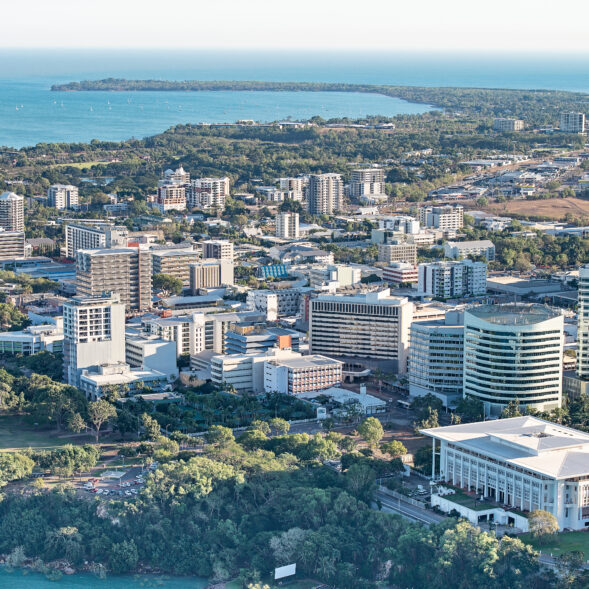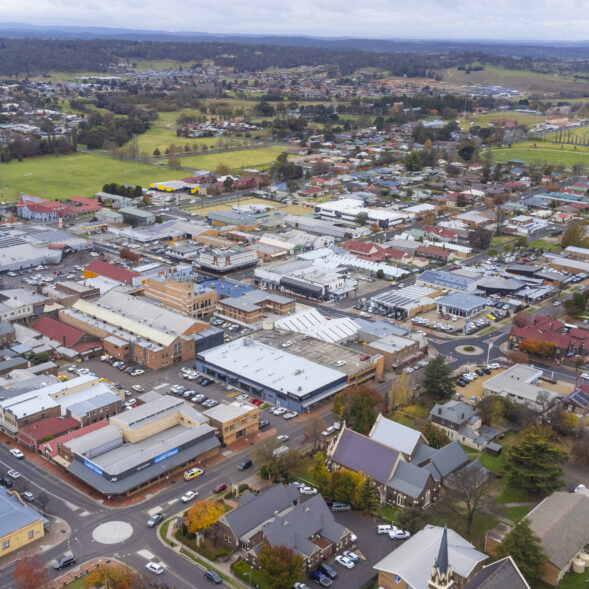In the final Month in Review for 2023, I wrote that the industrial sector in Australia had maintained its resilience, albeit not as strongly as in 2021 and 2022. This was largely expected due to escalated borrowing costs causing a slowdown across the broader market, particularly impacting commercial yields. The major concern has arguably been the rapidity of the interest rate rises and uncertainty as to when they might stabilise. Throughout the year, it became apparent that owner-occupiers were the predominant buyers, seizing opportunities whilst investors grappled with elevated debt costs and their returns on investment.
Research reported that from the second half of 2019 to
mid-2023, the insatiable leasing demand for industrial property across the country saw the average industrial vacancy rate fall from circa 6.5 per cent to a mere 0.5 per cent. This sharp reduction in vacancy led to substantial and somewhat unprecedented hikes in rents.
However, we consider that the intensity of rental hikes is now abating as developers continue to add to the supply with speculative construction and several pre-committed projects being delivered. Analysis from across our capital city markets would suggest that this extreme rental growth will return to more normal levels throughout 2024 and along with this increased supply, it is likely that we will see vacancy rates increase in 2024, albeit only slightly from their record lows.
Over the past three years, both prime and secondary assets have been in high demand. However, as supply expands, providing more leasing opportunities, we anticipate a greater variance in levels of demand for prime and secondary assets. Essentially, core fundamentals are expected to return, with strategically located assets near major transport hubs continuing to be highly sought after.
Last mile assets will also continue to be highly sought after by e-commerce users as a significant portion of tenants require proximity to densely populated areas as this facilitates more efficient supply chain logistics.
This normalisation notwithstanding, certain regions of the country, such as Brisbane and Sydney, still face significant land shortages. Coupled with challenges in construction costs and the feasibility of projects, delivering profitable supply remains a difficult task.
Despite the ongoing imbalance in supply and demand, the industrial market remains the preferred sector for many investors. With cautious optimism, I anticipate another robust year for the industrial market in 2024.
David Walsh










